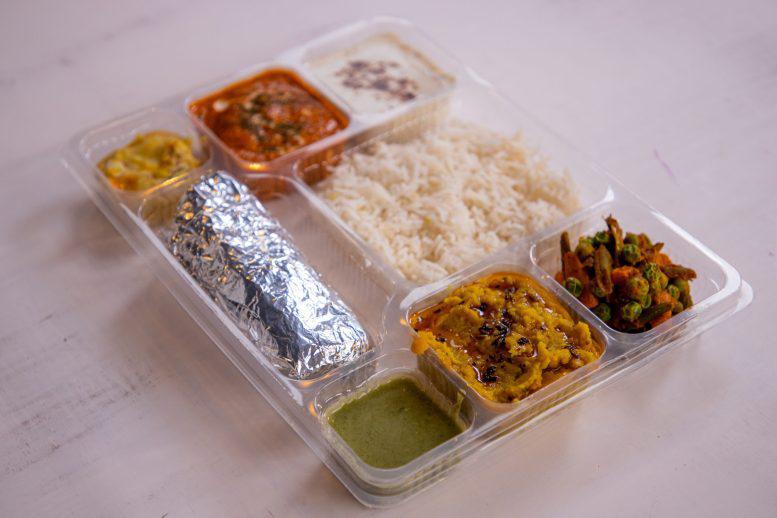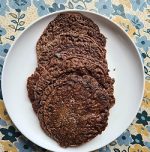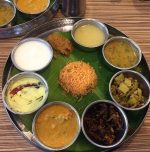The Indian Thali: A superfood hiding in plain sight

In a world flooded with diet trends and exotic health foods, we’ve started to question the meals we grew up eating.
The Indian thali, once a staple of everyday nutrition, is now wrongly dismissed as “too heavy” or “unhealthy.”
But the truth is, your thali is already a balanced, nutrient-rich superfood meal, rooted in tradition and backed by science.
A thali isn’t just a random assortment of dishes. It’s a complete nutritional system, designed to give you the right mix of carbohydrates, protein, fat, fibre, vitamins, and minerals.
It usually includes:
- A grain like rice, roti, or millet for energy
- A protein like dal, legumes, curd, or paneer for strength
- A variety of vegetables for fibre and antioxidants
- Healthy fats like ghee or cold-pressed oils for nutrient absorption
- Spices for digestion and immunity
- Pickles, chutneys, raita, and sometimes a sweet dish or fruit for flavour and balance
Each ingredient plays a functional role, not just for taste, but for digestion, gut health, immunity, and energy.
Our ancestors ate like this for generations, without counting calories or needing supplements.
Modern nutrition often confuses people. Social media tells us to cut carbs, go keto, or follow expensive trends with foreign ingredients.
But these ideas often ignore sustainability, cultural context, and bioavailability.
You should not forget:
- Rajgira and millets are just as nutritious as quinoa
- Sabja seeds do the job of chia seeds
- Coconut, almonds, and sesame offer the same healthy fats as avocado
- Homemade dahi is as powerful as Greek yoghurt
And they cost a fraction, ₹30-₹60 per kg, compared to ₹300+ for imported items.
A traditional thali also changes with the seasons. In summer, it includes cooling items like buttermilk and cucumber.
In winter, you’ll see ghee, jaggery, and sesame. This isn’t a coincidence; it’s ancient food wisdom based on Ayurveda and regional availability.
To modernise your thali without losing its soul:
- Use millets or brown rice occasionally
- Reduce oil; 1 tsp ghee adds flavour and health
- Add a raw salad or seasonal fruit
- Choose homemade pickles over processed ones
- Practice portion control instead of avoiding staples like rice or roti
- Eat slowly and mindfully; it improves digestion and satisfaction
You don’t need imported ingredients or complex diet plans to stay healthy. You just need to rediscover the value of what’s already on your plate.
The Indian thali isn’t outdated; it’s a timeless model of wholesome, balanced eating. Let’s stop overcomplicating nutrition. Sometimes, the best superfood is the one served fresh in your own kitchen.
Image by Akshay Gupta from Pixahive (Free for commercial use / CC0 Public Domain)
Image Published on October 10, 2020
Image Reference: https://pixahive.com/photo/indian-thali/









